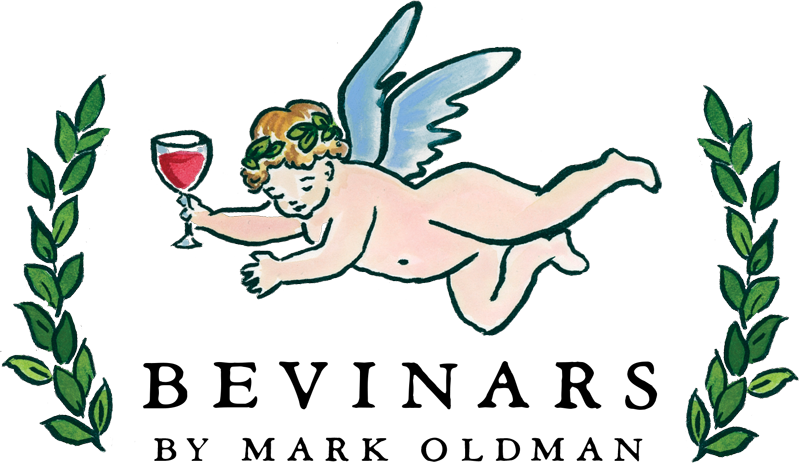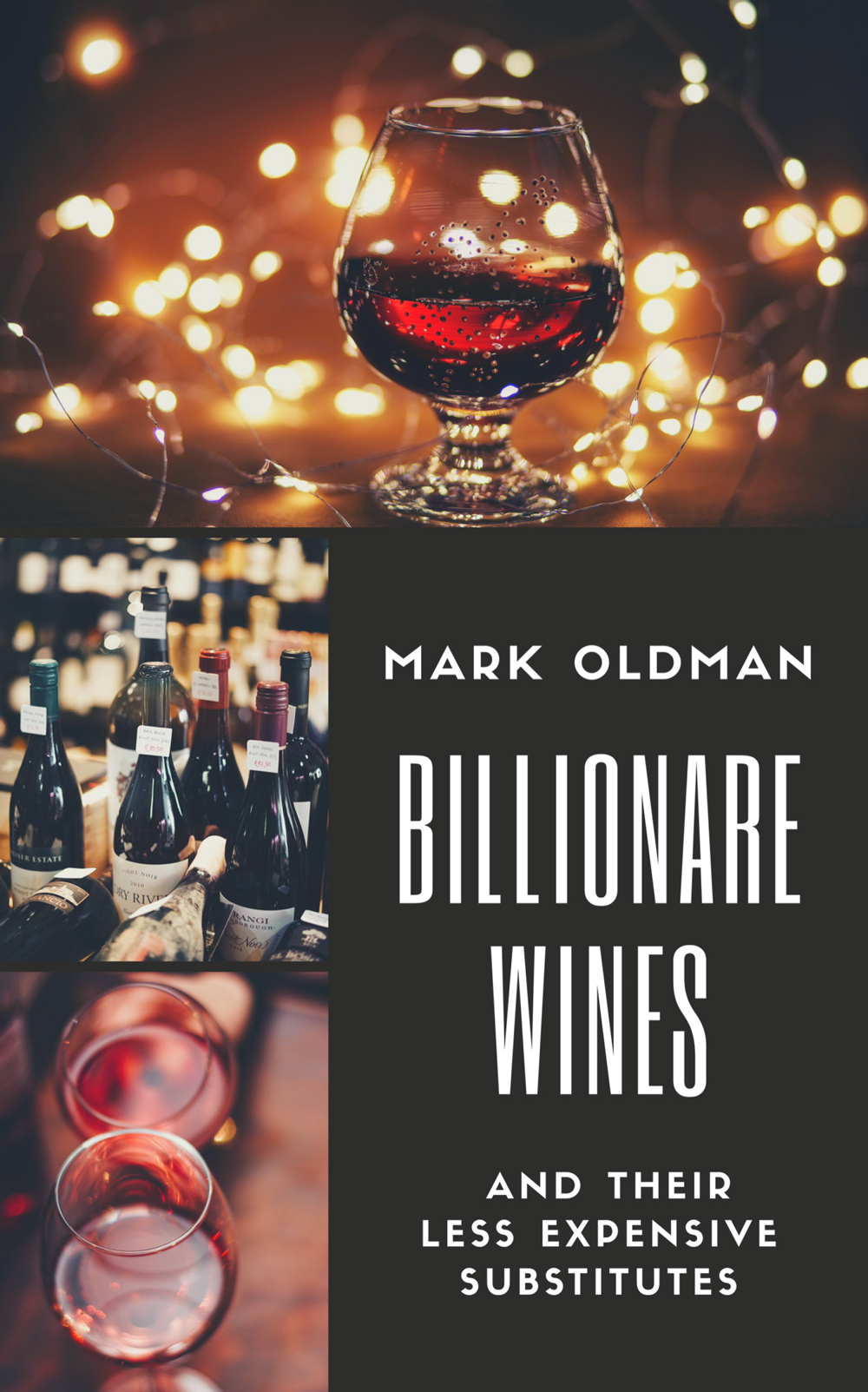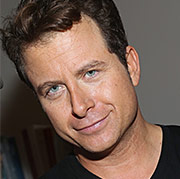Little-known Nuggets about Cristal Champagne
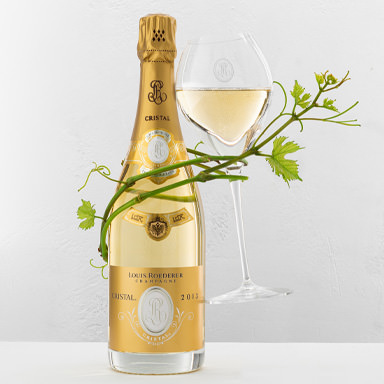
Cristal Champagne is always evocative, and the house of Louis Roederer wants to keep any evocations exclusive.
In 2006, Roeder’s managing director publicly disapproved of using Cristal in rap lyrics, causing Jay Z to ban the Champagne from his 40/40 Club. This year, Roederer threatened to sue a small British winemaker for branding a rosé wine “Crystal,” named after an enthusiastic young customer whose face has appeared on the label since 2018. This is perhaps slightly ironic because in 1876, Roederrer invented “Cristal” for a celebrity; the name for the now-celebrated Champagne honored of its enthusiastic fan, Tsar Alexander II of Russia.
Cristal is indeed a unique Champagne, originally put into see-through lead crystal bottles—hence the name.
Exploring a few nuggets of knowledge about this vintage-only sparkler might help you decide if it’s a Champagne for you.
Cristal: A Champagne of Louis Roederer
Like Dom Pérignon and Möet Chandon, Cristal belongs to a larger Champagne house. Founded in 1776 in Reims, Louis Roederer remains an independent family business. Alongside Champagne Louis Roederer and Cristal, its owns Champagne Deutz, Bordeaux’s Château Pichon Longueville Comtesse de Lalande (Grand Cru Classé de Pauillac), Château de Pez (Saint-Estèphe), Maison Descaves, Domaine Ott, Maison Delas Frères in the Rhône Valley, Porto Ramos Pinto in Portugal, and in California, Roederer Estate, Scharffenberger Cellars, Anderson Estate, Merry Edwards Winery, and Diamond Creek Vineyards.
Eco-friendly Winegrowing
As is increasingly the case in Champagne, Cristal comes from mostly proprietary vineyards, managed in an eco-friendly way. For over 20 years, Roederer has been devoted to adopting sustainable viticultural practices. In March 2021, it obtained AB organic farming certification for 115 hectares of its historic vineyards. Currently, the house possess a total of 214 hectares, satisfying 70% of their needs with their own grapes, spread across Montagne de Reims, Vallée de la Marne, and Côte des Blancs. Cristal is crafted primarily from Pinot Noir (60%) and Chardonnay grapes planted in Verzenay, Verzy, Beaumont-sur-Vesle, Ay, Avize, Mesnil-sur-Oger, and Cramant. The grapes come from 45 historic plots cultivated using ecological and biodynamic farming practices.
Why are the Bottles of Cristal Clear?
The bottles of Cristal are made of clear glass. That’s because Alexander II requested Louis Roederer to reserve the maison’s best cuvée annually, a wine he particularly appreciated. Allegedly, fearing assassination attempts, the Tsar requested that Cristal’s bottles to be transparent, aiming to prevent a bomb hidden inside the typical green bottles of Champagnes. Louis Roederer, a Flemish glassmaker, also crafted the then-unique transparent bottle with a flat base to prevent waiters from hiding poison. Nonetheless, the Tsar tragically died in a bombing in 1881 (yet no bombs were found concealed in Cristal). After the October Bolshevik Revolution, Tsar Nicholas II’s murder, and the end of the Romanov dynasty, Maison Louis Roederer decided to keep producing its hedonistic Champagne.
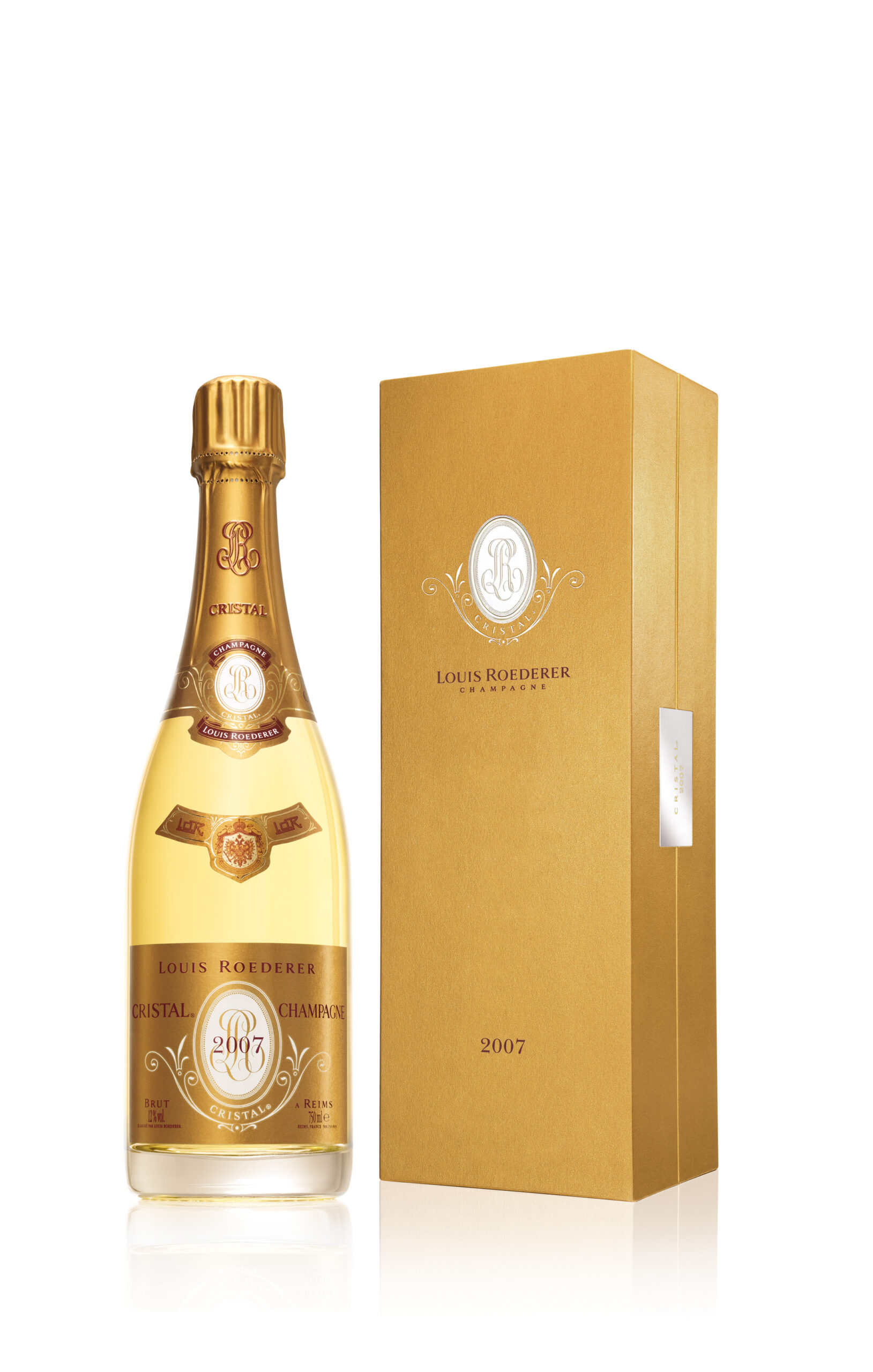
Appreciated Internationally
Cristal is an international sensation. Approximately 80% of its production is exported outside France, with the United States, Japan, and Italy being its primary international markets. The 2014 vintage saw around half a million bottles produced for the white Cristal (there’s an even more exclusive pink edition, achieving 100 Parker points in 2002 and 2008). Despite its Russian history, Roederer currently does not sell to Russia following the Ukraine invasion.
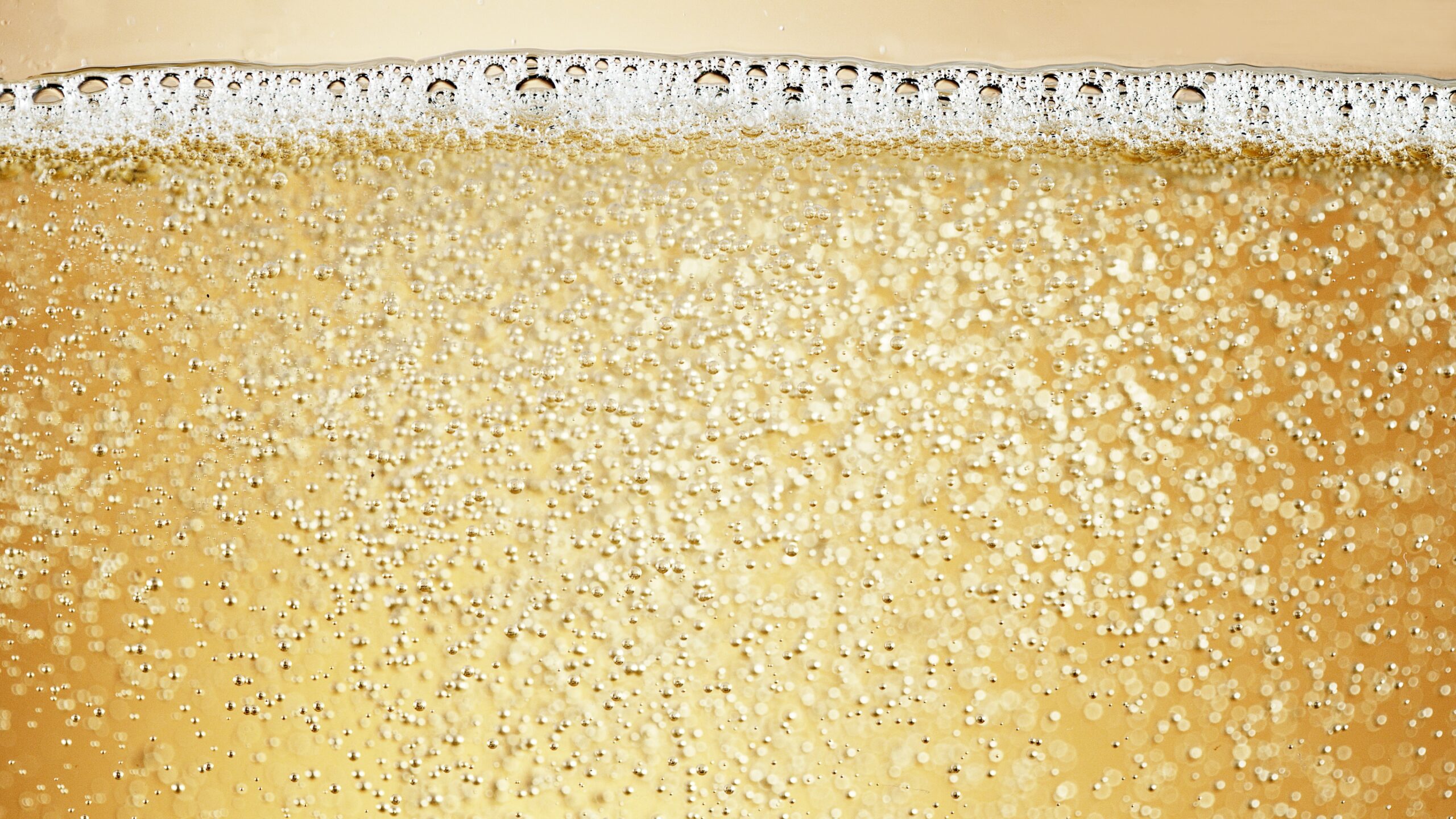
Exploring Cristal Champagne
What is Cristal Champagne like?
- It’s a memorable and refined Champagne. A golden, clear, and brilliant hue with integrated effervescence, the 2014 vintage presents notes of white and citrus, particularly mandarin orange fruit, pastry (brioche), spices, toasted almonds, and chamomile on a creamy palate. It balances volume and freshness with 7 grams of sugar per liter, displaying roundness and excellent acidity. This Champagne of seductive elegance boasts over 80 months of bottle aging on lees.
- Stored in special cellars under a gentle, constant light and temperature to preserve its content, Cristal’s finish intensifies, revealing a complete, velvety texture with a long, saline, and sublimely elegant finish. Louis Roederer’s Cellar Master, Jean-Baptiste Lécaillon, hails it as ‘a wine for pure pleasure and haute cuisine,’ delicate yet powerful, full of subtlety and precision.
How to Pair with Champagne Cristal
- Should Cristal be paired with food? Absolutely. Roederer’s director Frédéric Rouzaud pairs this vintage with dishes like turbot or creamy sole meunière, Breton lobster in Champagne sauce, or mature Comté cheese. Perhaps surprisingly, he has also recommended pairing it with game or meat dishes. Export Director Stéphane Richer des Forges favors scallop carpaccio, a suggestion that also entices Rouzaud, as it complements Cristal 2014’s balance, freshness, and good acidity.
How Much Does Cristal Champagne Cost?
- The average cost of 2014 vintage is about $320 per bottle, but retail prices seem to vary substantially, so shop around. The 2009 vintage averages around $355/bottle.
Is Cristal made from Chardonnay Grapes?
- Roederer pretty consistently sticks to a formula for Cristal: Produced only during the best harvest years, they use Chardonnay (around 40%) and Pinot noir (around 60%) grapes that have attained perfect maturity, Cristal is always aged for six years in Louis Roederer’s cellars and left for a further eight months after dégorgement.
In conclusion, Cristal stands as a symbol of luxury and excellence, intertwined with a rich history. It captivates wine lovers worldwide. Whether savored for its exquisite taste, cherished for its historical significance, or admired for its craftsmanship, Cristal remains an unparalleled embodiment of prestige in the fine Champagne world.
What Makes Cristal Champagne Unique?
First, it counts one of the few Champagne house that have remained a family-owned and independent enterprise since its creation at the end of the 18th century. Second, for three consecutive years Cristal was named as the “World’s Most Admired Champagne Brand” by the British magazine Drinks International, leading the category most of the time. Third, both its 2002 and 2008 vintages of Cristal Rosé garnered 100 points from Robert Parker’s Wine Advocate, not a small feat.
Where Can One Buy Cristal Champagne?
It is a highly allocated Champagne but still widely available, thanks to Roederer’s international distributors. Searching online will quickly return US and international outlet. Bottle Barn in Sonoma County, for example, currently has both the 2014 Brut and the 2013 Brut Rosé available for delivery.

